I honestly can’t remember when I got this sealed box of 4×5 film. I remember getting it from my good friend and partner in photographic crime Bill Smith. Now, this was all before the great interest in Ultra-Low films and it took a lot of digging to find out anything about the film. Then I realised I was looking for the wrong number. I should have been checking out Eastman 5302. After expanding my search I found some developing formula on Flickr and decided it would be finally time to get out and check this mystery box out. It took a while to figure out a process to test the film. Eventually, I decided to keep the developing formulas, and then shoot four sheets of film for each one, shooting them at ASA-12, ASA-6, ASA-3, and ASA-1.5. All shot on the same scene (from my balcony) and then processed all in one go using the SP-445, hence the four sheets at four different speeds. I shot the film over the course of three days and went straight from shooting into development. The idea was that I had to keep everything separated so I wouldn’t forget which group of sheets was which group! So there are some variations on the scene although I did try hard to keep it set up the same way each day. Thank goodness for taking notes, and even a simple sketch of the scene. I metered using my Gossen Lunasix F light meter using the spot meter attachment at 1.5 degrees and metered for the darkest shadow I wanted the greatest detail in then underexposed by one stop. The reason I went with the Gossen, not the Pentax is that the Gossen goes low enough to expose at ASA-1.5.
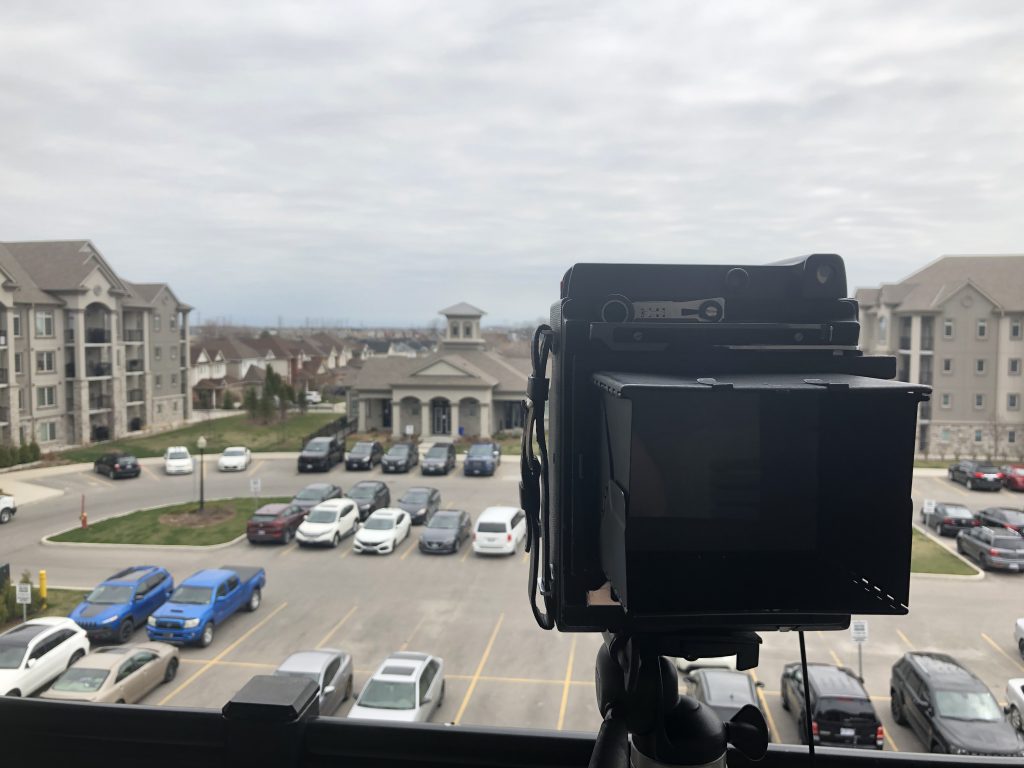
Kodak D-76
Well as tests go, 7302 certainly kept me in my place and made me think hard about the film. Although D-76 certainly works and produces one good image. Of course, I am working with a positive black & white film and I thought I had a lot more range of forgiveness than what the results gave me. The only frame that worked was the sheet shot at ASA-6. The ASA-12 frame is completely blank, and the ASA-3 and ASA-1.5 aren’t too pretty either. But I never saw D-76 as a compensating developer, maybe the next set will work out better.
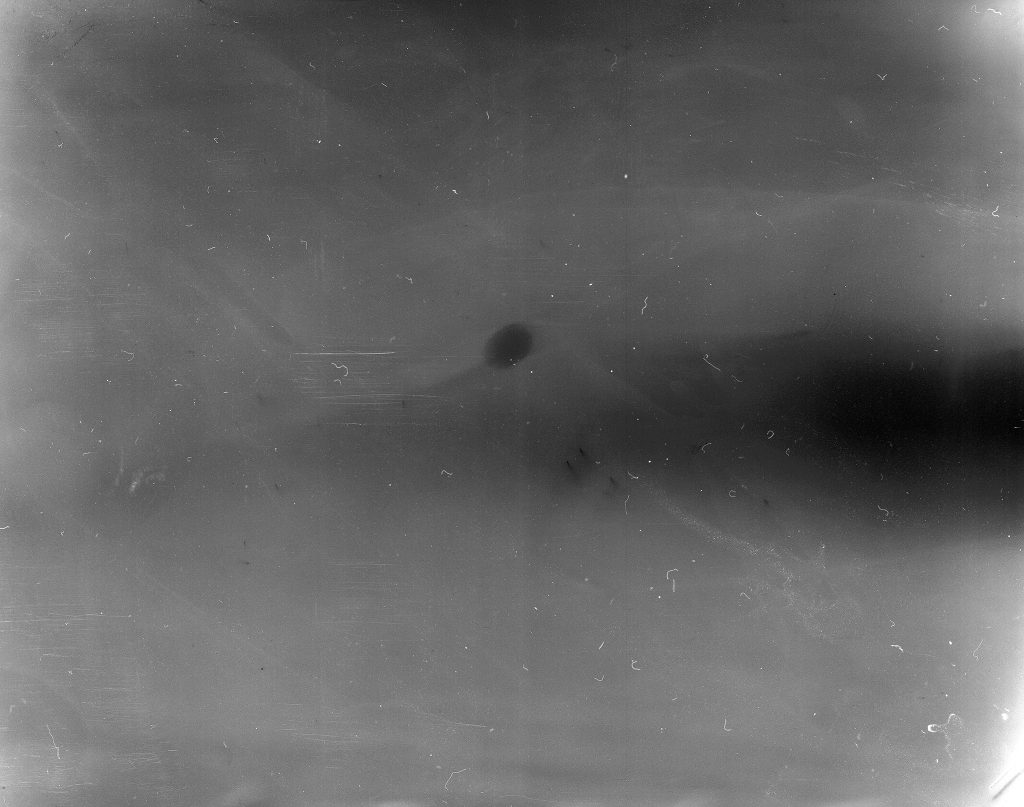
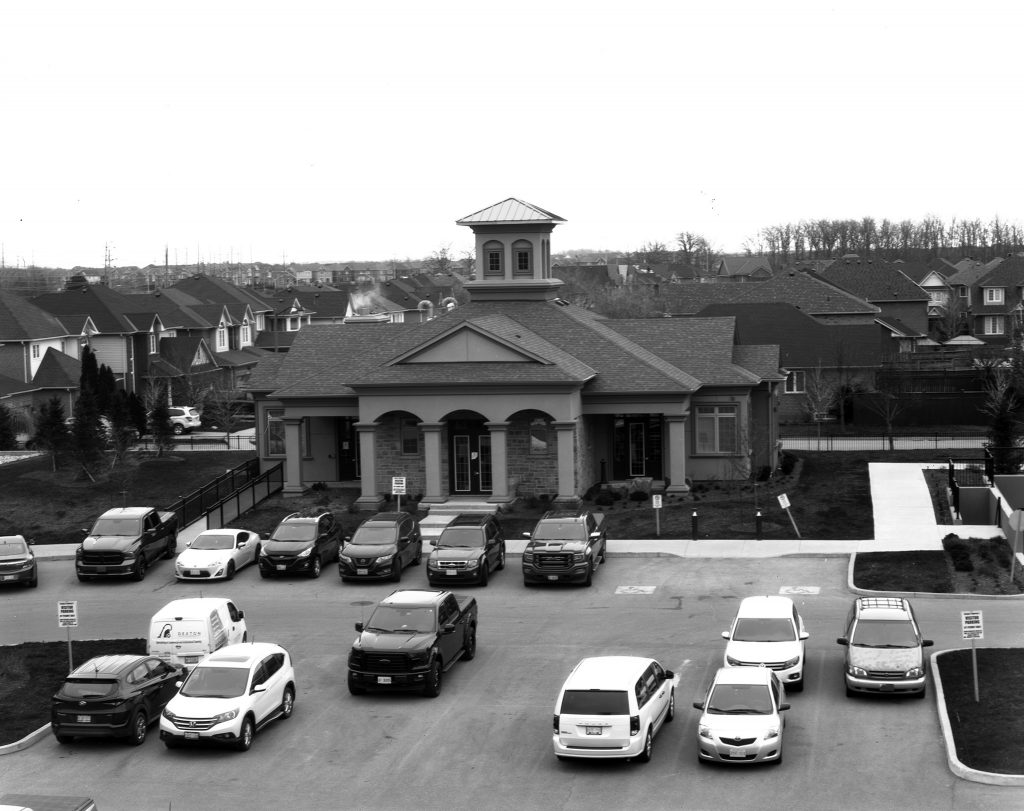
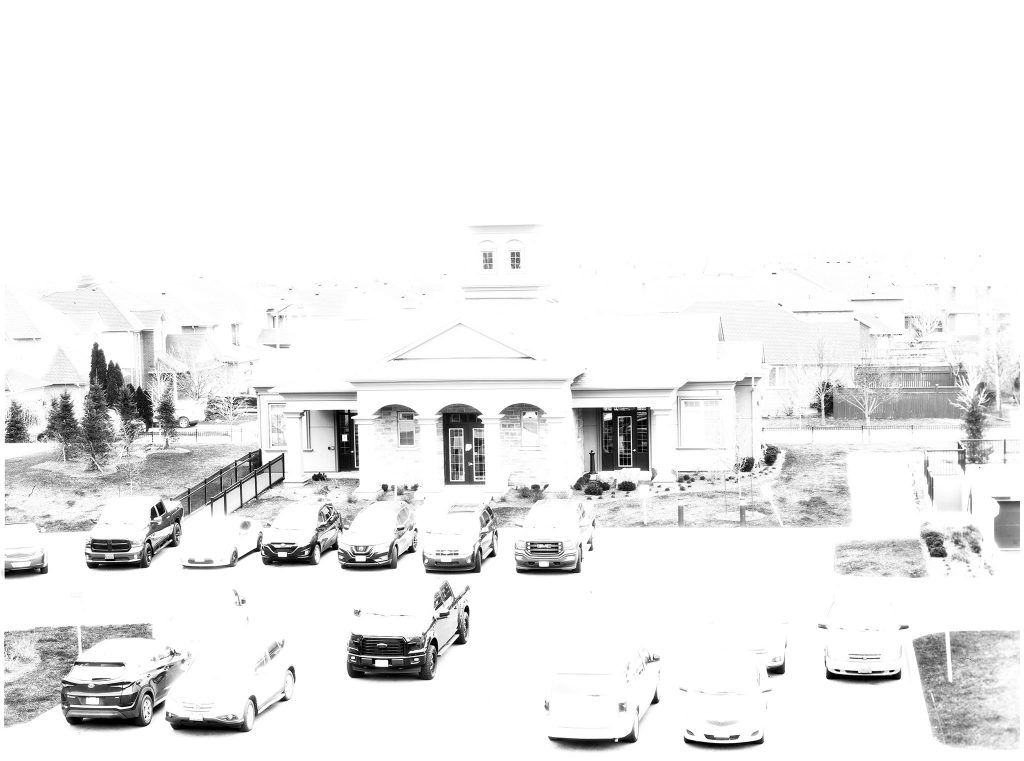
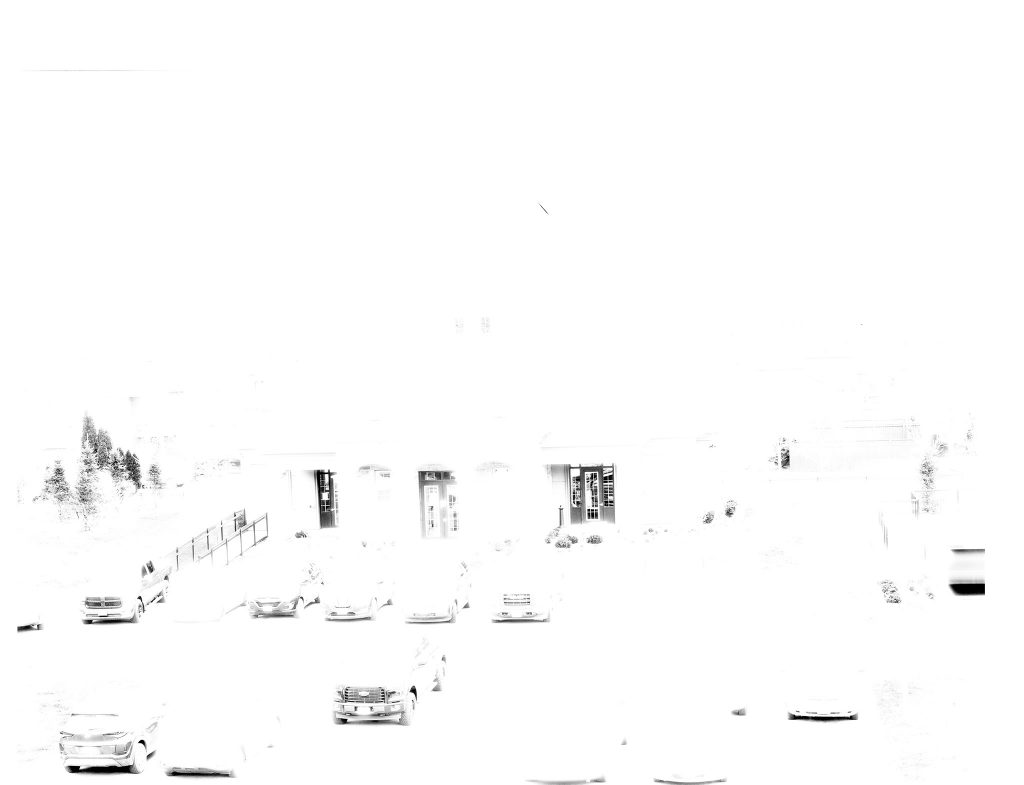
Kodak HC-110
There’s a reason I’m a fan of HC-110, it can be a magic bullet in some cases. But what made this set of images a bit strange is that despite finding times for the film rated at ASA-6, the best results came at ASA-12! After that, you see a clear line from 6 to 1.5 as the highlights were lost more and more. This also tells me that maybe there is a bit more range on this film than I initially thought. As for any changes from D-76, the qualities of the image are pretty equal.
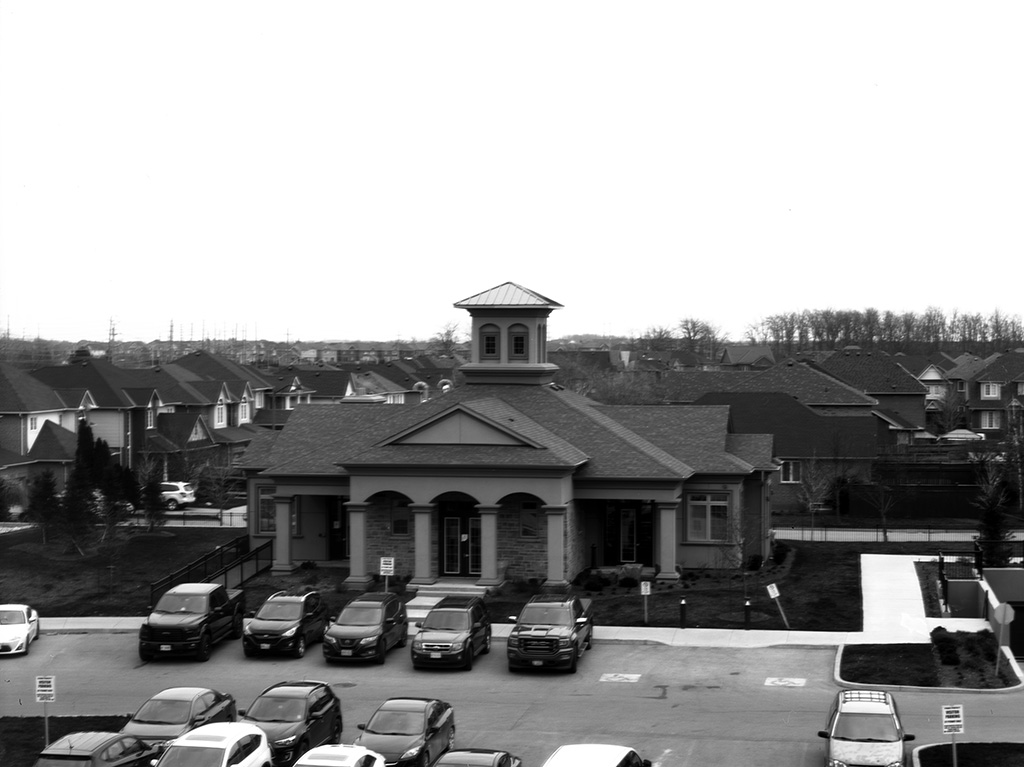
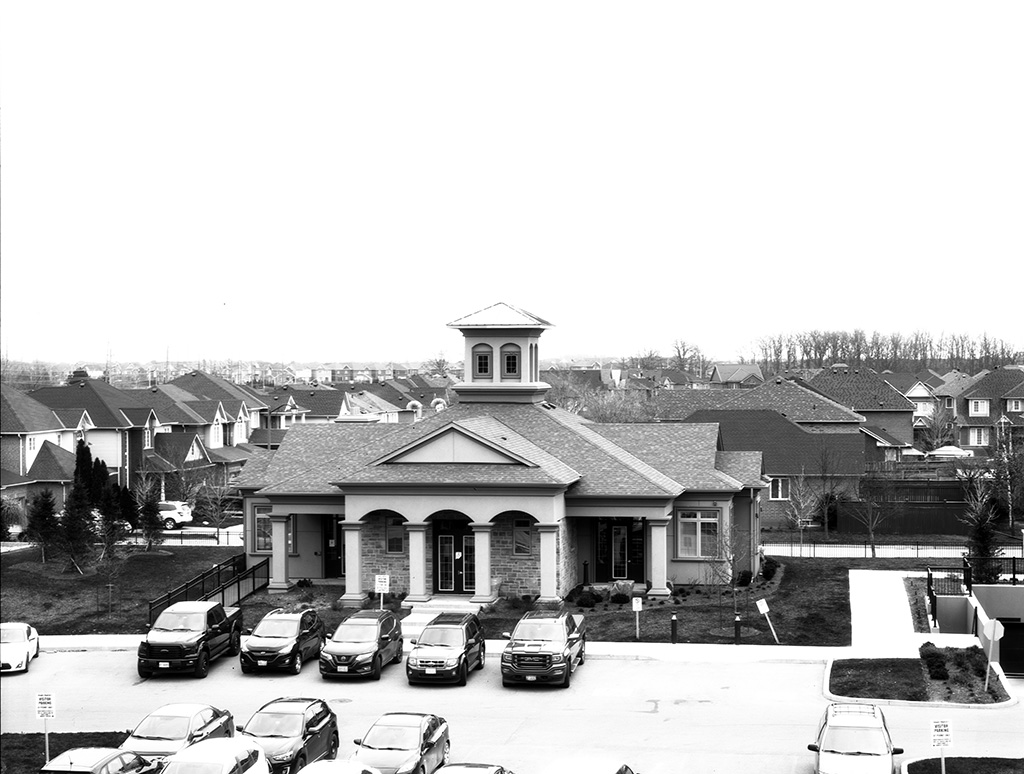
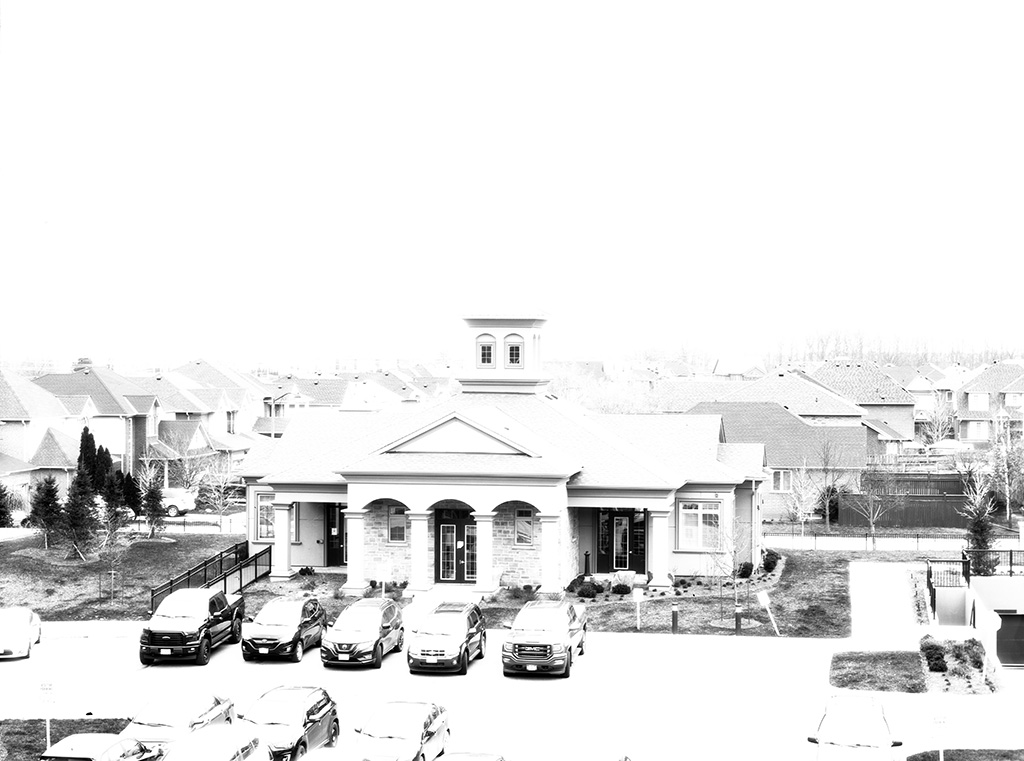
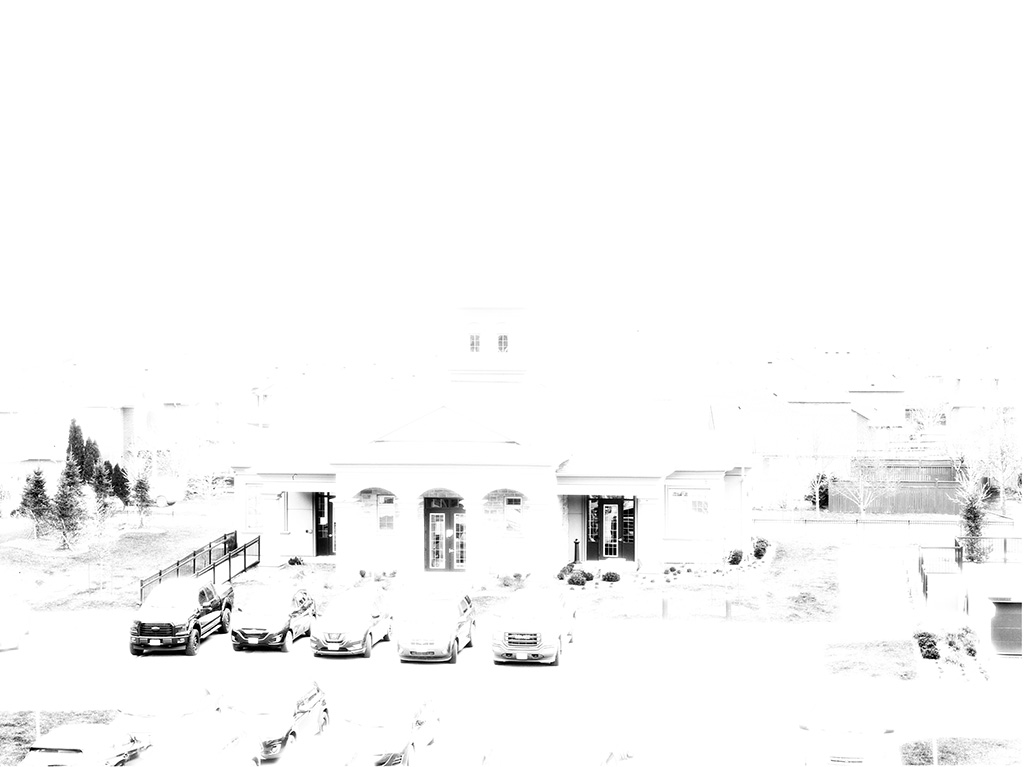
Rodinal
I think we have a real winner here with Rodinal. These were developed in a dilution of 1+50 for 9.5 minutes. I knew this right after I pulled the sheets out of the tank, the key is not knowing right off the bat which sheet was shot at which speed. A difficult thing to do when I took the sheets out of their holders in the dark and process them all at once. Now the times I found were for the film rated at ASA-1.5, but to be honest the best results came from the sheet I rated at ASA-3, the ASA-1.5 sheet is just a little too dark for my tastes. But I also saw here that I got better results sooner than with the other two test groups.
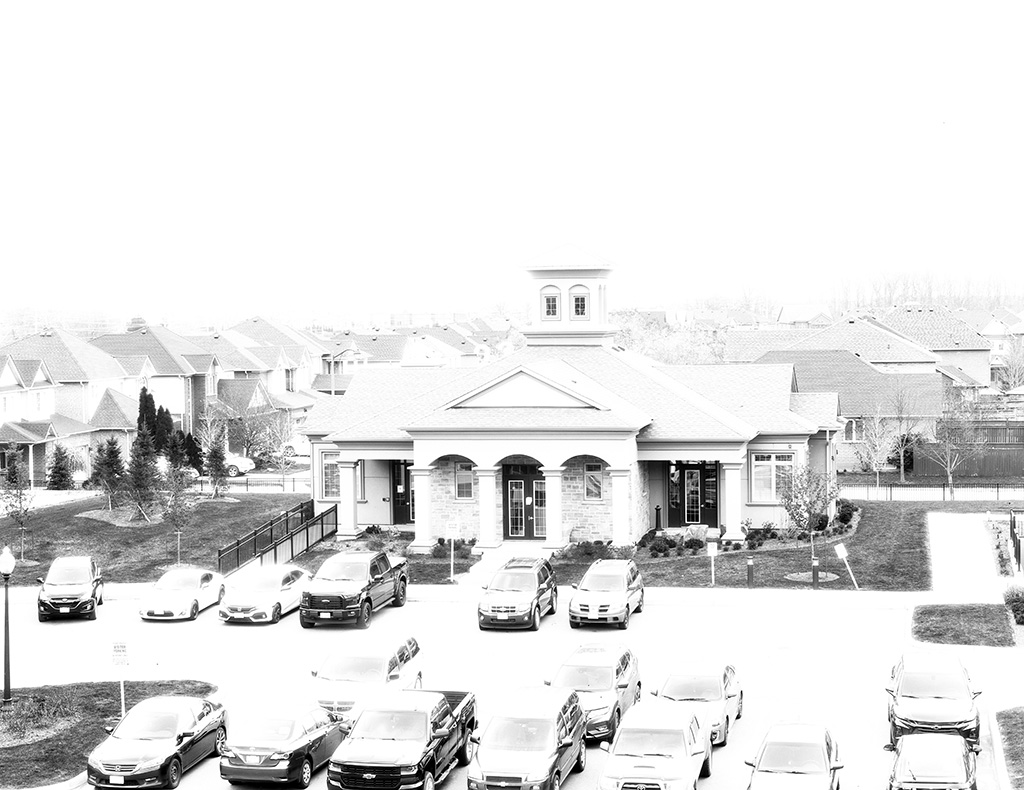
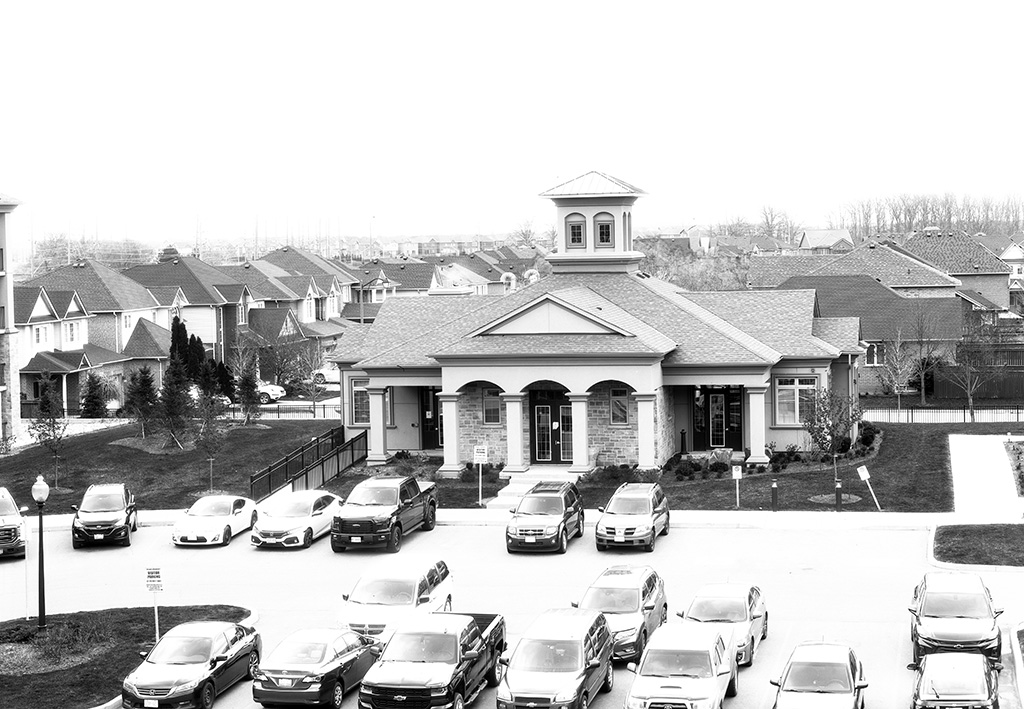
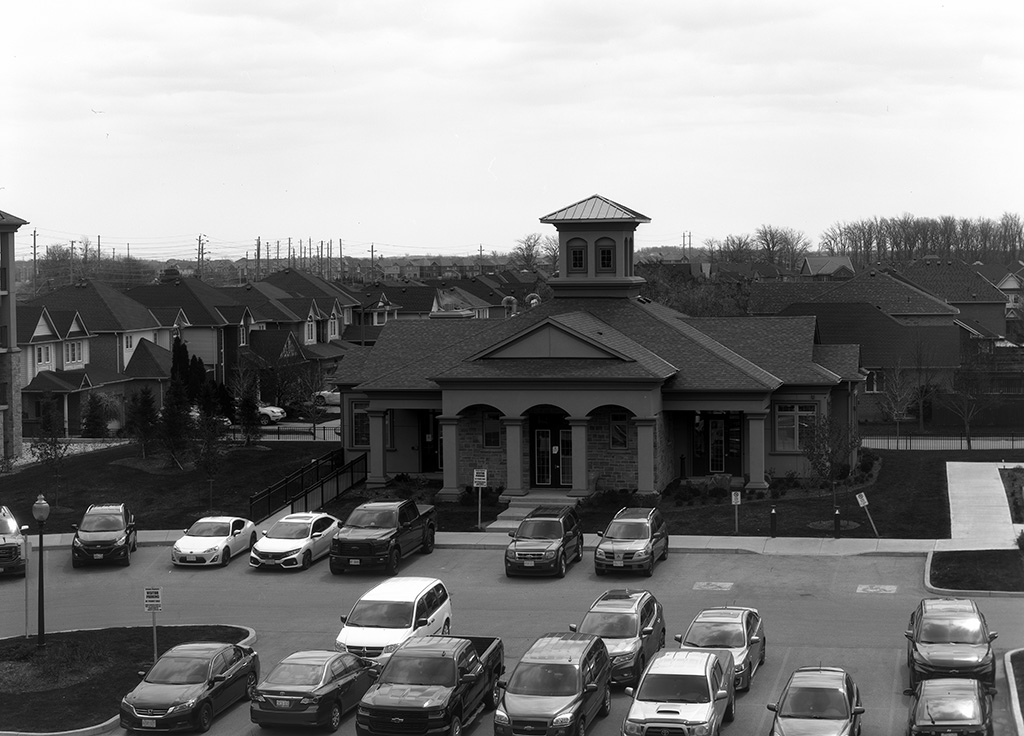
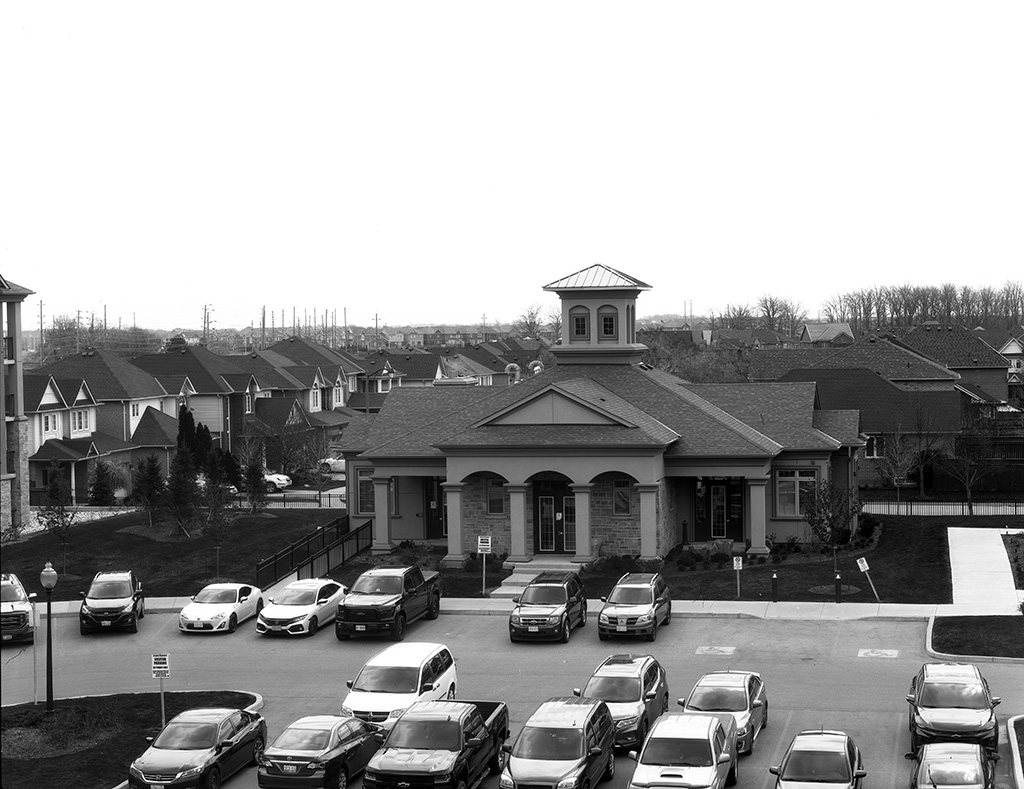
Kodak 7302 is not a film for the faint-hearted, not only is highly specialized, it is a pain in the butt to use. If you’re not used to ultra-low ISO films, then a film that performs best at speeds between ASA-6 and ASA-1.5 can be scary. Of course, if you’re into that then this film will be fun especially since you can get it in both roll film (5302) and sheet (7302). The biggest problem is handling the film, that is loading the film into the holders then unloading and putting them onto the SP-445 racks. It’s a real pain in you know where. And while this test used up a majority of the box, I still have another set of four sheets that I plan on shooting and developing in Rodinal.
Wow this is really interesting, thank you for the work here. What I don’t really understand is how there can be so much tonal range in the result at ideal ASA, but only 2 stops of exposure off from that then nearly nothing is recorded, that’s really iteresting. Just out of curiosity, how old was your film?
Thank you! The film expired in the mid 1990s. Since the film is natively a positive film the small latitude makes sense!
Do you know what developer to use to make it a positive? Have you tried it?
I don’t know the exact developer but if I had to guess it would be D97.
Hey Alex, I think you’ve got the Rodinal shots mixed up. It makes absolutely zero sense that a shot at an EI of 12, developed as a negative, would be almost totally whited out while a shot at an EI of 1.5 comes out darker. This would put the well-exposed/well-developed shot at 6 ISO – not 3! – which tracks with the tests I did with this stuff some years back: https://www.flickr.com/photos/coldkennels/albums/72157632642379219/
I’ve done some prints off it at 6 ISO in Rodinal and the stuff is gorgeous. Really special.
I assume your time (9.5min) is with 10-15 seconds of agitation a minute?
Ah you’re totally right! I did have them mixed up and have now fixed them!
Hello,
thank you for providing information about this rare film. I found 5 boxes 20×30 in my university darkroom and was given green light to do whatever i want with them.
Now here comes my issue.
I was looking for a Ortho positive film to enlarge 6×9 / 4×5 negeatives. I am shooting tri-chrome images (bw negatives /RGB filters) that later will be printetd via color carbon prints (CMY)
Now it turned out that this film is NOT giving me a negative after beeing exposed with one.
Unlike other Ortho Positive film i used over the years i got a pristine Positive image.
2min Dektol 1:1 / f5,6 / 3 sek. was my test setup. Short developing is quite nice cause i am looking for consitency in the process. Rather than last bit of quality.
Well, just make contact positives of my 3 negatives with the film. Should give me 3 big negatives after enlarging.
But in general the film is behaving like negative film. Short exposures should give you dark images with normal positive film i used so far. Not the Kodak…
I have used the 35mm version. I absolutely agree with your opinion on using the Rodinal.
Maybe stand development would work to tame the contrast somewhat?
I mixed some POTA, then diluted the stock solution 1+1.
15 minutes for 6 ASA. POTA is what I used for Technical Pan and screwing with microfilm (Tasma Mikrat 200).
The Tasma is waay better BTW.
I have shot this film for about 50 years I used to buy it in Los Angeles from freestyle a matte film for special effects in Hollywood but I shot it at .05 ISO or ASA and developed it in dectol. It would resolve 400 lines per millimeter I also liked it because I could stain it in selenium toner or other toners very easily it also is responsive only to ultraviolet and blue. Because it was so cheap I would do multiple exposures and pick the right one I used to do f11 at 16 seconds. I also would completely develop it out because it’s a paper developer and the temperature was not very critical at all. I used to load stainless steel reels in a changing bag camping and develop it at night in my tent. Because I wanted to choose exactly the right exposure and I wouldn’t have to go back hundreds of miles I’d go back the next day and shoot if I didn’t like the results.